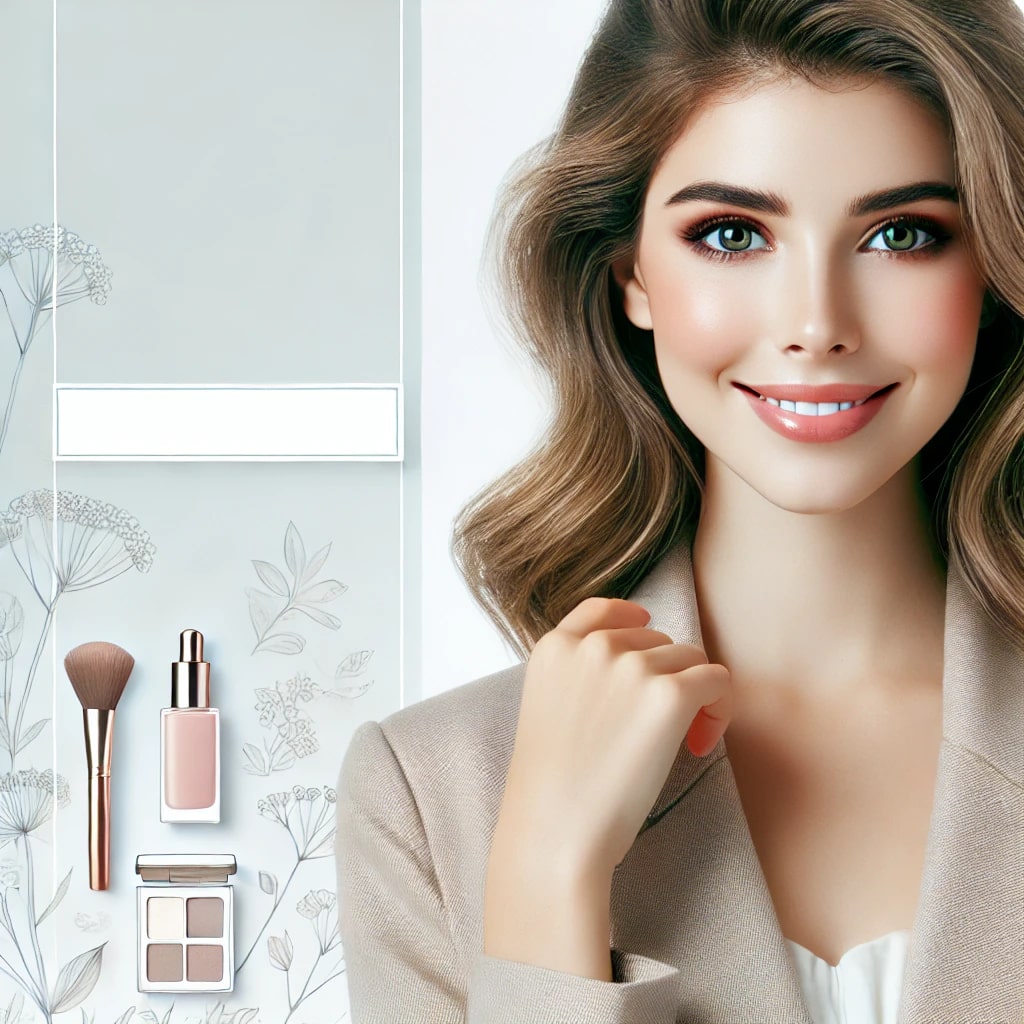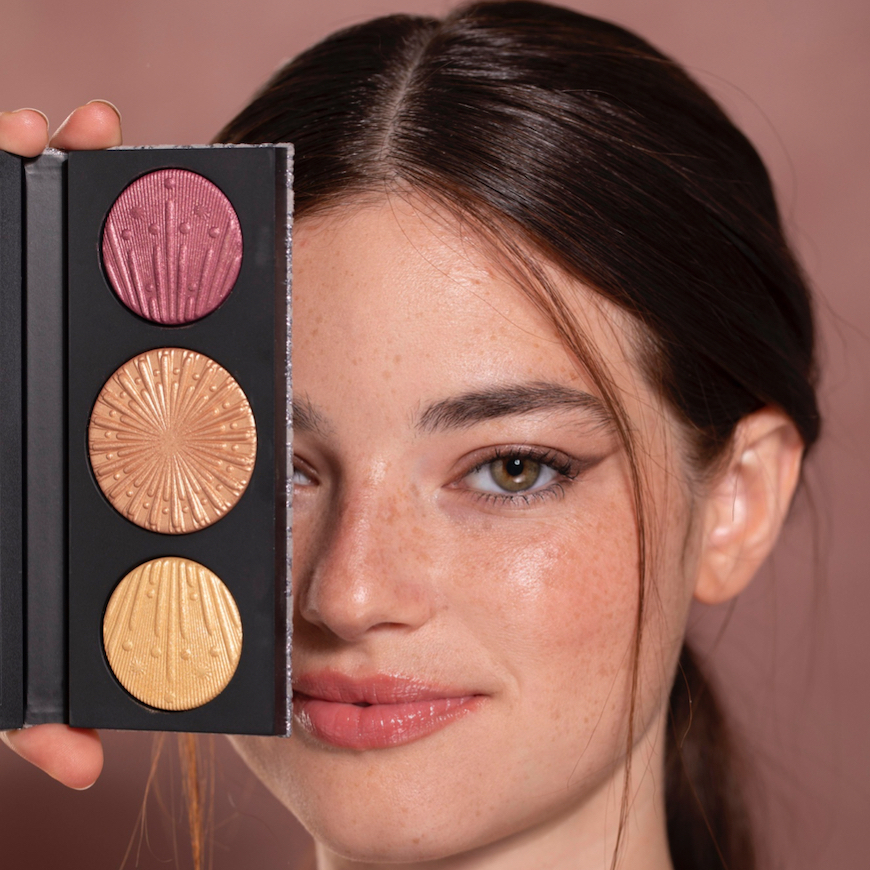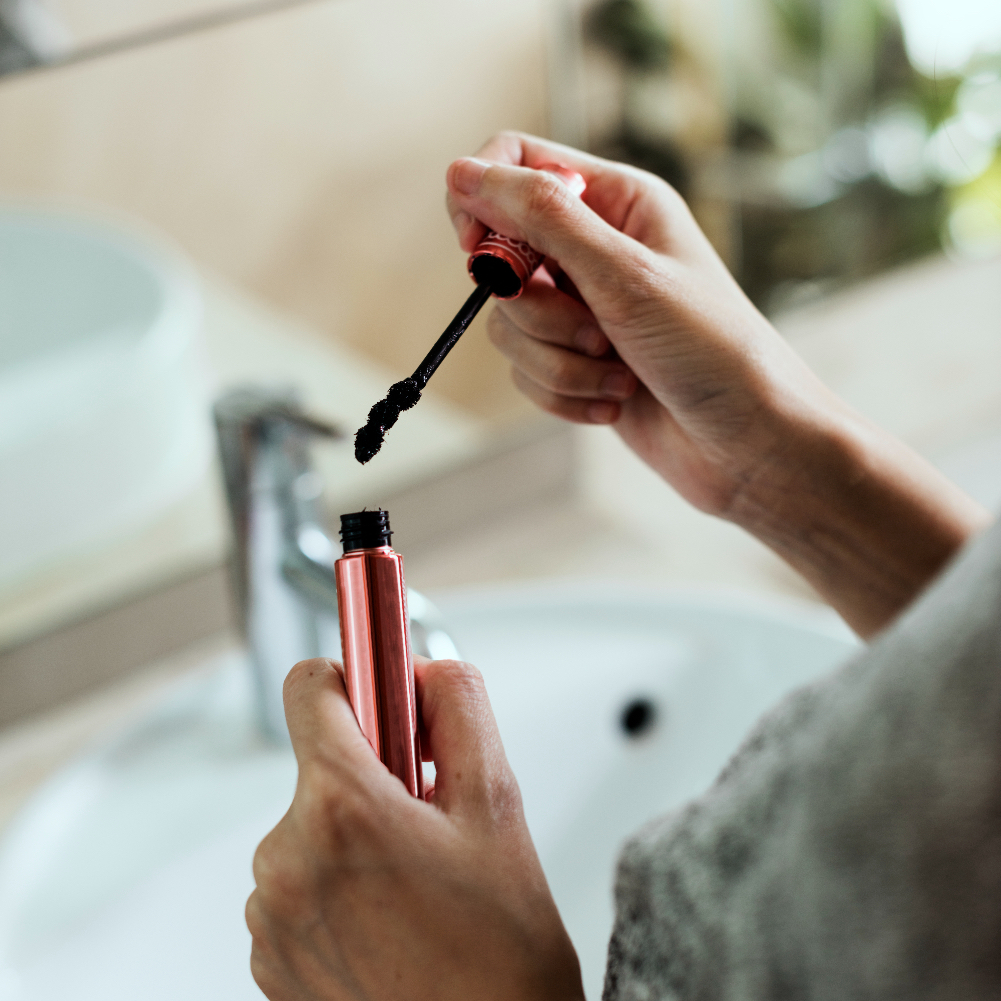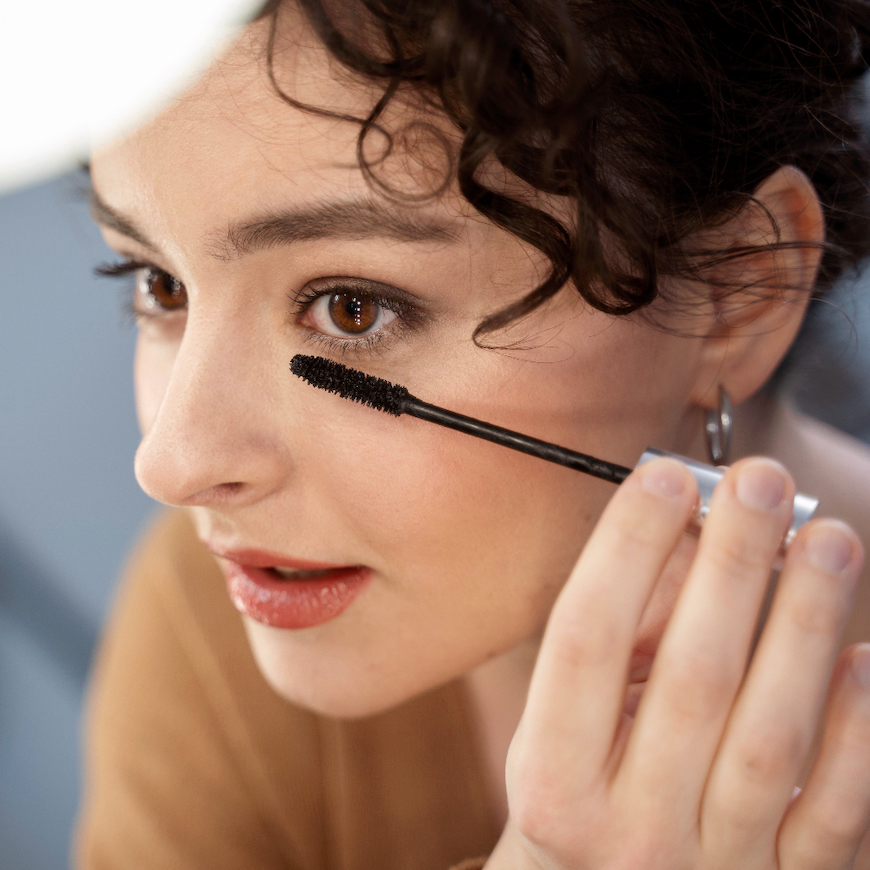Contouring has become a popular makeup technique that can help define and sculpt the face, creating the illusion of enhanced bone structure. However, there is a common misconception when it comes to contouring with bronzer. Many individuals mistakenly believe that bronzer is the ideal product for contouring. In reality, using bronzer for contouring can yield unfavorable results and diminish the overall effectiveness of the technique. In this article, we will explore the reasons why contouring with bronzer is not the optimal approach and provide alternative methods for achieving a beautifully contoured look.
Understanding Contouring and Bronzing
Before delving into the pitfalls of using bronzer for contouring, it’s essential to understand the distinction between contouring and bronzing. Contouring involves using makeup to create shadows and depth, strategically enhancing the natural structure of the face. On the other hand, bronzing aims to provide a sun-kissed glow and warmth to the skin, mimicking a healthy tan.
Why Bronzer Isn’t Ideal for Contouring
- Color and Undertones: Bronzers are typically warm-toned with golden or reddish undertones. These warm shades are designed to impart a sun-kissed look and add warmth to the face. However, contouring requires cool-toned shades to create the illusion of shadows, as natural shadows have a cooler undertone. Using a warm-toned bronzer can result in a muddled, unnatural contour that doesn’t replicate the desired effect.
- Application Technique: Bronzers are generally applied in a diffused manner to provide an all-over glow to the face. On the contrary, contouring requires precision and targeted application. The technique involves applying a darker shade in specific areas, such as the hollows of the cheeks, the sides of the nose, and the jawline. Bronzers are not formulated or intended for such precise application, making it challenging to achieve a well-defined contour with them.
- Intensity and Pigmentation: Bronzers are typically formulated to provide a sheer to medium coverage, allowing for a subtle, natural-looking effect. In contrast, contouring requires a more intense and pigmented product to create distinct shadows and depth. Using a bronzer may not offer the necessary intensity required for a well-defined contour, leading to a lackluster result.
Alternative Methods for Contouring
To achieve a flawless contour, consider these alternative methods instead of using bronzer:
- Contouring Powders or Creams: Opt for specifically formulated contouring powders or creams that offer cool undertones and a more intense pigment. These products are designed explicitly for contouring and provide better control and precision.
- Matte Taupe or Gray Eyeshadows: If you’re in a pinch and don’t have contouring products on hand, matte taupe or gray eyeshadows can work as temporary alternatives. Choose shades that are cool-toned and a few shades darker than your skin tone. Apply them with a light hand and blend thoroughly for a natural-looking contour.
- Contouring Sticks or Pens: Contouring sticks or pens offer a convenient and precise application. They often come in cool-toned shades specifically formulated for contouring, allowing for easy and targeted application.
- Liquid or Cream Contouring Products: Liquid or cream contouring products provide a blendable and buildable formula, ideal for achieving a seamless contour. These products can be easily blended into the skin, creating natural shadows and depth.
While bronzer is a fantastic product for adding warmth and a sun-kissed glow to the skin, it is not suitable for contouring. Using bronzer for contouring can lead to unfavorable results due to color mismatch, application challenges, and inadequate pigmentation. Instead, opt for specifically formulated contouring powders, creams, sticks, or pens that offer cool undertones and better control for achieving a beautifully sculpted look. By choosing the right products and techniques, you can master the art of contouring and enhance your facial features flawlessly.
Additionally, it’s important to remember that contouring is not a one-size-fits-all technique. The contouring process should be tailored to individual face shapes and features. Each person’s face has unique angles and proportions, and contouring should be done accordingly to enhance their natural beauty.
When contouring, it’s crucial to blend well and create a seamless transition between the contour and the rest of the makeup. Blending with a fluffy brush or a damp makeup sponge helps to soften harsh lines and ensure a natural-looking finish. Remember to blend upwards, towards the hairline, to create a lifted effect.
Incorporating highlighting techniques along with contouring can further enhance the overall effect. To enhance your facial radiance, it is recommended to apply highlighter to the elevated areas of your face, which naturally catch the light. These prominent features include the cheekbones, the bridge of the nose, and the cupid’s bow. By strategically highlighting these areas, you can bring a luminous glow and emphasize your facial contours. This helps to bring light to these areas and adds dimension to the face.
Ultimately, contouring is an art that requires practice and experimentation. It’s important to understand your own face shape and features, as well as the products that work best for you. Don’t be afraid to try different techniques, products, and tools to find what suits you and achieves the desired effect.
In conclusion, if you’re using bronzer for contouring, it’s time to reconsider your approach. Bronzer is not designed for precise contouring and can lead to a less-than-desirable outcome. Instead, opt for contouring-specific products that offer cool undertones, higher pigmentation, and better application control. With the right tools and techniques, you can master the art of contouring and create beautifully sculpted looks that enhance your natural features.

Hi, I’m Emma R. ✅
Passionate beauty blogger sharing expert tips, honest reviews, and the latest trends to help you glow inside and out.




